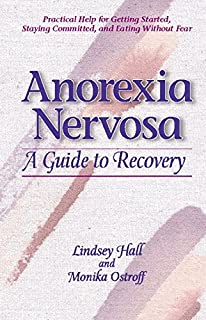Anorexia Nervosa
An eating disorder causing people to obsess about weight and what they eat.
Anorexia is characterized by a distorted body image, with an unwarranted fear of being overweight.
Symptoms include trying to maintain a below-normal weight through starvation or too much exercise.
Medical treatment may be needed to restore normal weight. Talk therapy can help with self-esteem and behavior changes.
Cluster Number:
Wiki Number: W011
Diagnosis: Anorexia Nervosa
US Patients:
World Patients: 3 Mil
Sex Ratio:
Age Onset: 12
Brain Area: dorsal anterior cigulate cortex – self-control
Symptoms: low weight, fear of gaining weight, food restriction
Progression: purging, perception of being overweight, self-harming. Feeling full; lost periods and ovulation
Causes: genetic, professions requiring “thinness”,inheritable
Medications: limited benefits found. Therapy: Remission: m-3 years; w-7 years
Therapies: Psychotherapy-reduce need to be thin; more food; CBT
Youtube Video: My Anorexia Story
Amazon or Library Book:
Anorexia Nervosa
Amazon or Library Book:
By Their Side
Click to the book to link or buy from Amazon.
Click the book to link or buy from Amazon.


